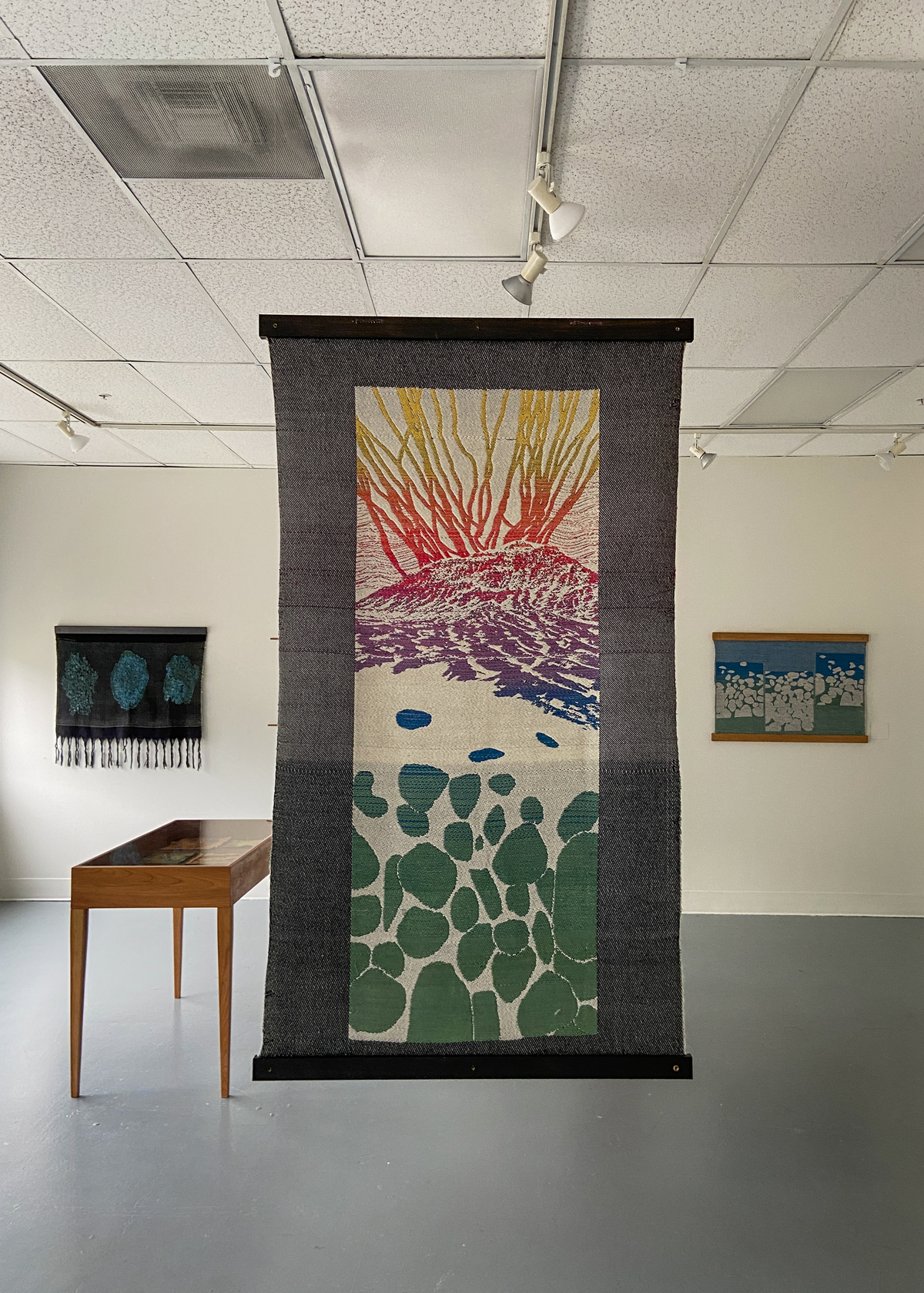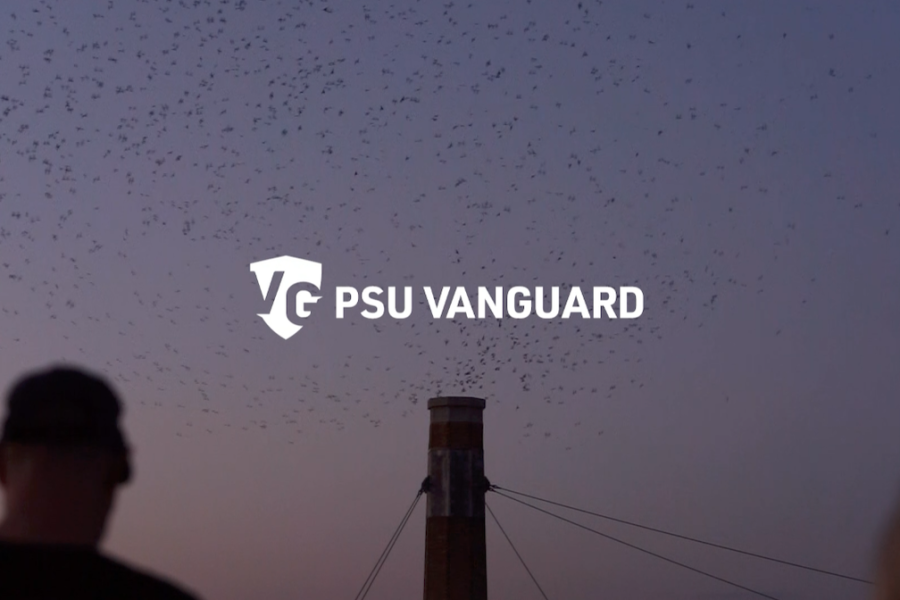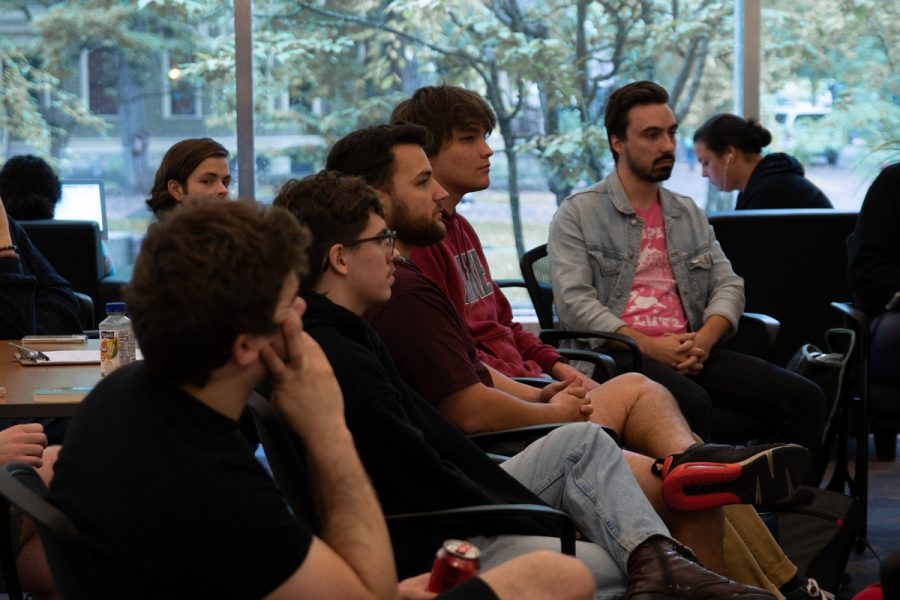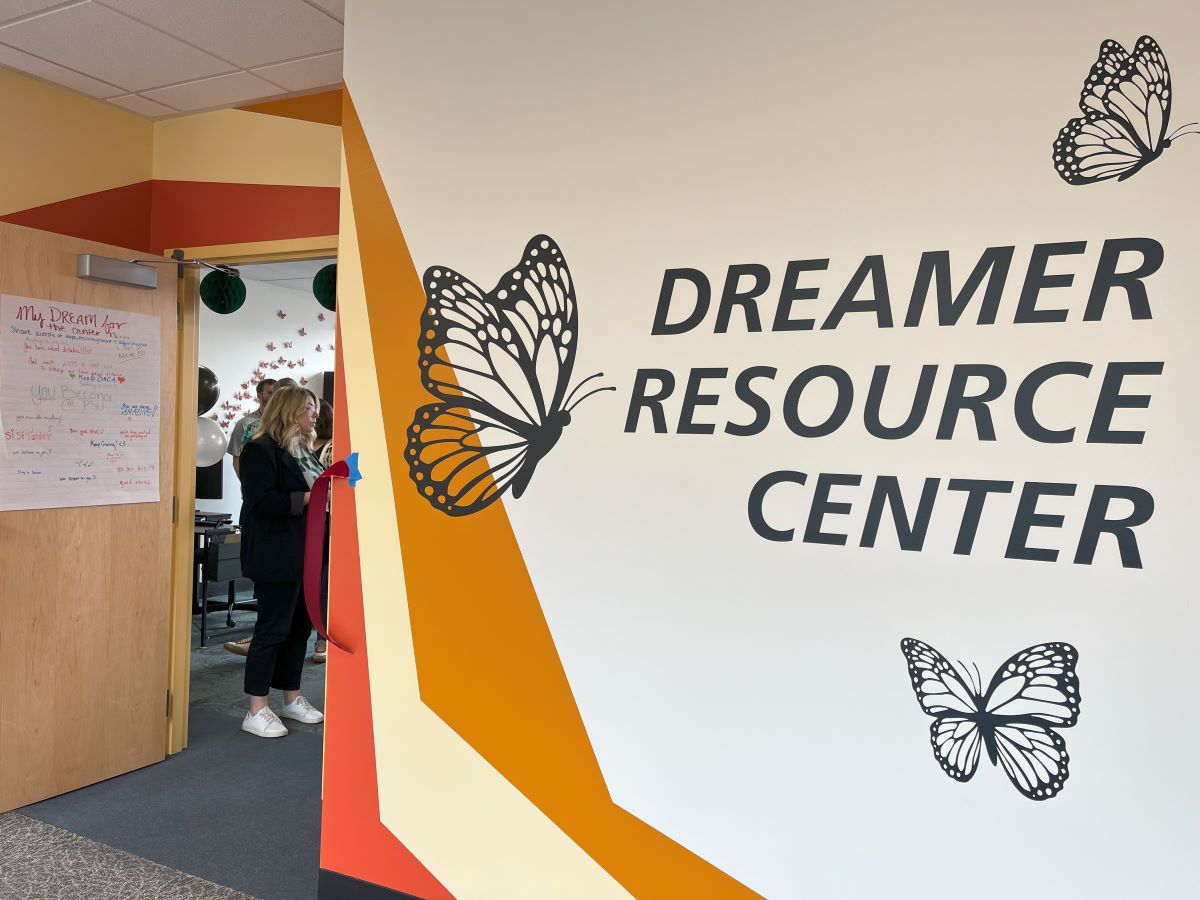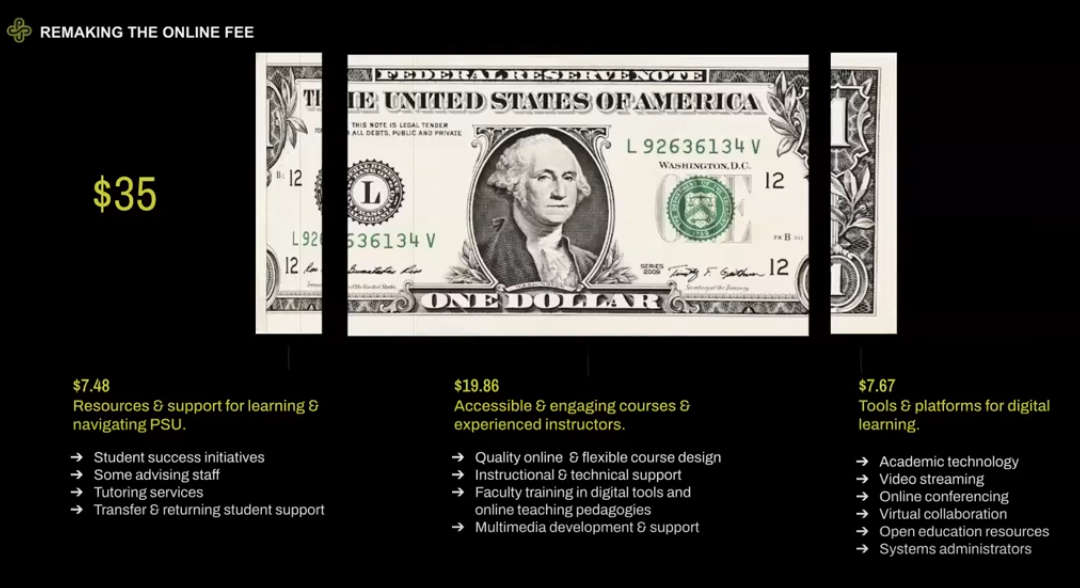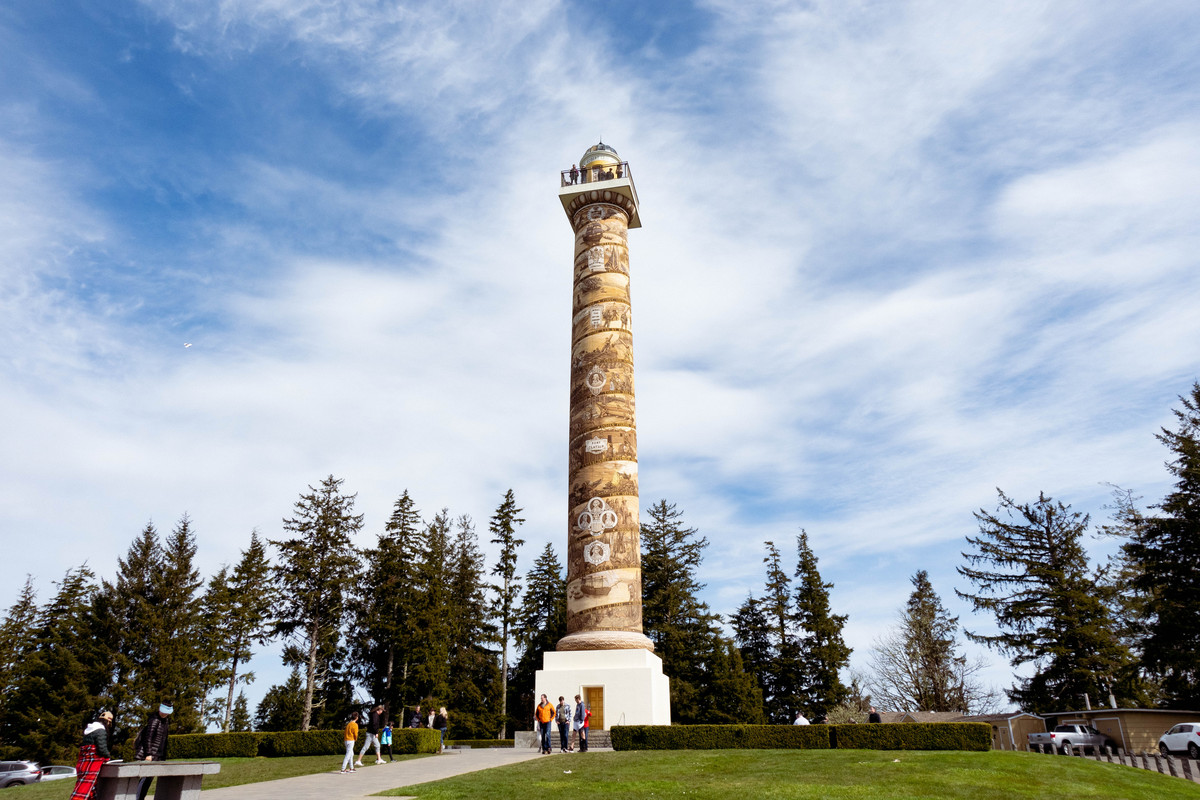Art often reflects the issues of its time, and the climate crisis is one of the most pressing issues facing humanity today. Portland State artist Lyla Rowen has created work which explores the impact of climate change through textile art. Her work—currently on display at PSU’s MK Gallery as a part of a showcase about climate change—is entitled Between Now and Nowhere and will be shown on campus until October 26.
The long journey towards Rowen’s finished work began not in Portland, but in Iceland with her fellow resident artists.
“We were there [in Iceland] for a month working on the loom,” Rowen said. “When we came back to Portland, we did the PSU textile residency… and finished [the pieces] using the surges and the textile workroom [at PSU].”
Rowen explored education in other art forms, but fell in love with textiles specifically. “I just like the community a lot,” Rowen said. “It’s the kind of overused metaphors like weaving things together and stitching things together that really is embedded in the textile community. It’s a very inclusive, sharing kind of community. And a lot of the methods that people are doing are really old. There isn’t a lot of, like, safeguarding… they’re just old traditions that have been shared for a really long time.”
Rowen said she also appreciates how textiles are an intersection of art and craft.
“I like contemporary art a lot visually,” Rowen said. “So textiles have been a way where I can, like, be in a community of craft people, but still produce contemporary art.”
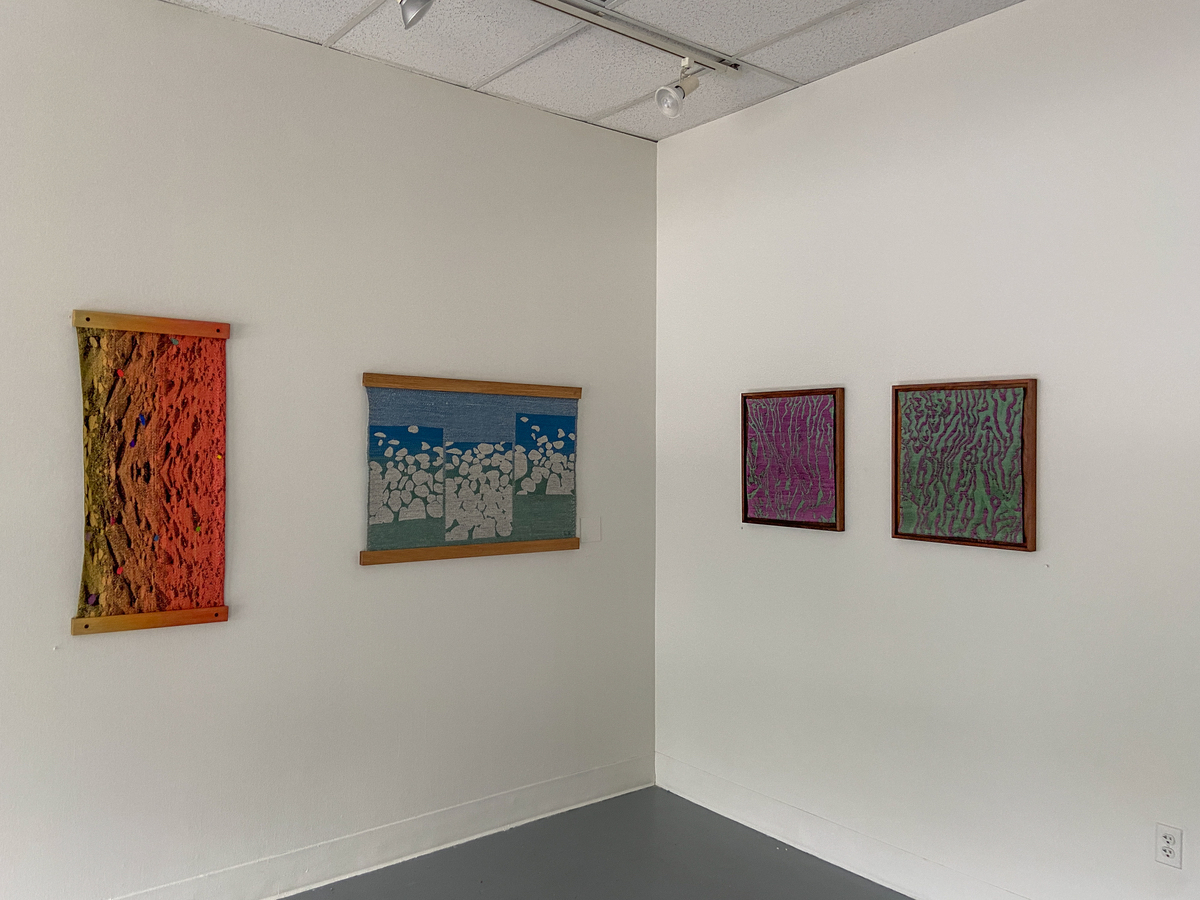
Rowen finds her inspiration in the expanse of our earth. “I really find inspiration from the kind of overwhelming serene feeling from landscapes and the visuals and audio of nature,” she said. “I’m very inspired by color and how color mixes together, and I really wanna create work that evokes a feeling of like, reprise from the day and from thoughts… So I try to think about the shapes and colors in nature that make us feel that calmness and how I can translate that in a more abstract, conceptual way.”
One of Rowen’s pieces, titled “Looking Out,” seeks to draw on her experience of enjoying our world with a childlike wonder. “We were on this black sand beach that is in southern Iceland,” she said. “And I was thinking about how the whole Atlantic Ocean was below me. I was just tripping out over that… I was like, the whole Atlantic is below us, you guys, like the whole Atlantic, Europe, and Africa and America, like everything’s down there. It’s all just south of us. It makes everybody sad that our planet is in this immense change, and I have such an appreciation for everything that the natural world still has to offer. I guess that piece is just about that—having a deep appreciation and respect for the planet that we live on.”
Rowen and the other artists address climate change in their work through reverence and beauty, as it is impossible not to recognize those impacts when the source of the artist’s inspiration is our planet.
“One of the ways to fight climate change is [through] education,” Rowen said. “I want people to still have hope, and I want people to still appreciate what we have while we have it. I hope that [the exhibit] inspires people to want to make a change… I think that we all need to be making a difference that we can, but I think also we need to enjoy what we have while we have it and appreciate things, and some really powerful people need to make changes that are really going to change things up.”

Rowen also explained how art serves as a record and a reminder to celebrate the things we no longer have.
“I think about in a really bleak world where we just continue on this climate collapse, and it’s like [the movie] Wall-E outside, and there’s no more nature—it will be held in art still,” Rowan said. “There will still be paintings, and there will still be photographs. For as long as humans live, we’re gonna have this connection to nature. There’s a lot of art based around nature… and I like trying to create art that doesn’t just look like nature, but feels like being in it.”

